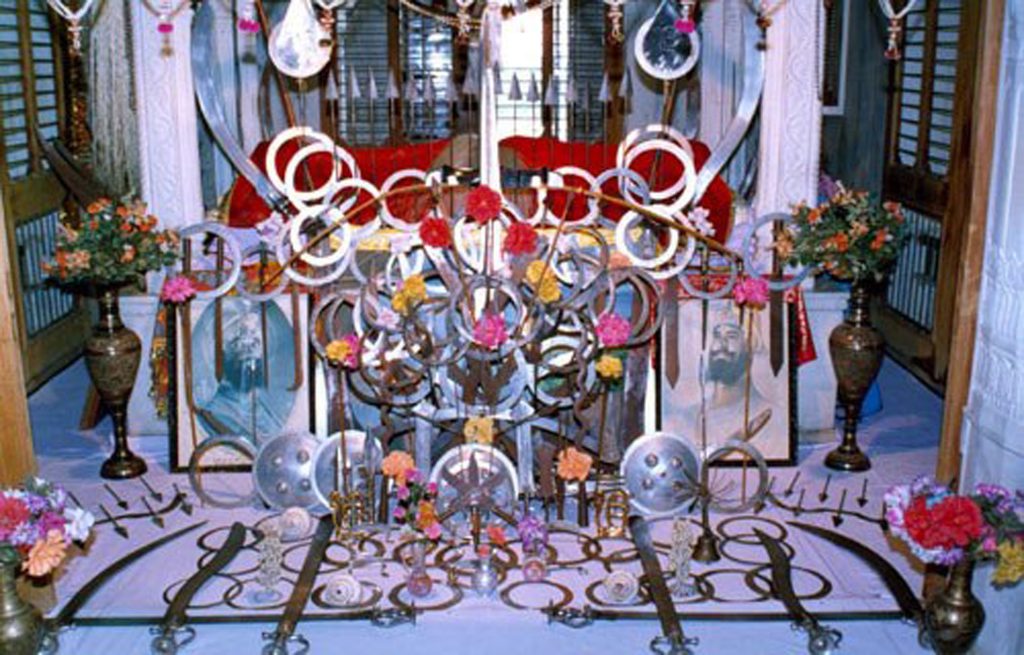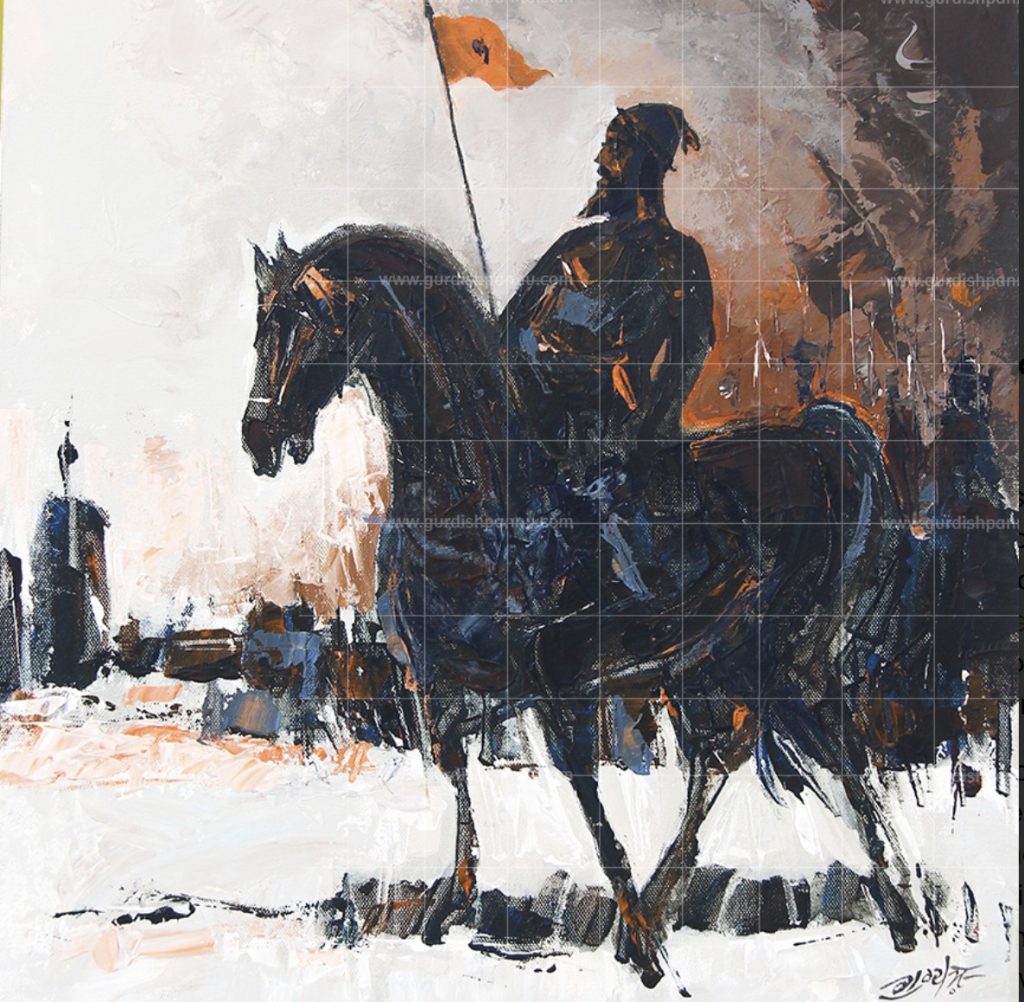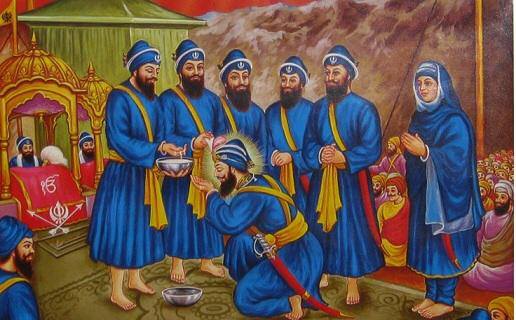BHADAUR, a small town 25 km northwest of Barnala (30°22`N, 75°32`E) in Sangrur district of the Punjab, is sacred to. Guru Gobind Singh, who came here from Dina in December 1705 following the chase. The area was then an uninhabited jungle land, and it was only after the village ofBhadaur was founded by Baba Ala Singh, eighteenth century Sikh warrior and noble, that a shrine commemorating the Guru`s visit was established here.
Delve into the rich history and significance of Bhagauti in Sikh tradition, from devout worship to feminine strength. Learn what makes Bhagauti unique.
CHANDI DJ VAR (the Ballad of goddess Chandi) or, to give it its exact title, Var Sri Bhagauti Ji Ki, by Guru Gobind Singh and included in the Dasam Granth, is the story of the titan tic contest between Chandi and other gods on the one hand and the demons on the other. The poem all egorizes the eternal conflict between good and evil. The source of the legend is "Devi mahatmya," a section of the Markandeyapurana, and the narrative follows, in the main, the classical detail though the dominant interest lies in the character of Chandi which, through the creative genius of the poet. attains reality and firmness belying its mythical origin.
DEG TEGH FATEH, a Sikh saying which literally means victory (fateh) to kettle (deg) and sword (tegh).
FIVE SYMBOLS, a set of five distinctive features or elements of personal appearance or apparel that set off Sikhs from the followers of any other religious faith. Any study of religious symbols involves a dual task: first, to explain the meaning of symbols not only in terms of their original connotations but also on the basis of contemporary categories of understanding; secondly, to discriminate between genuine symbolism and piny post hoc interpretations which later times may have imposed on things originally having little symbolic relevance. A symbol is generally defined as something that stands for, represents or denotes something else, especially a material object representing or taken to represent something immaterial or abstract, as being an idea, quality or condition. Words, phrases and sentences, for instance, represent various beings, ideas, qualities or conditions.
Discover the dramatic life of Humayun, the Mughal emperor of India. Explore his battles, exile, and brief return to power in this historical narrative.
Learn about Rai Kalha of Raikot and his deep connection with Guru Gobind Singh amid historic and religious significant episodes.
Discover the valor and significance of Painda Khan, an Afghan warrior trained by Guru Hargobind. Explore his life, battles, and legacy in Sikh history.
Uncover the story of the Panj Piare—Daya Singh, Dharam Singh, Himmat Singh, Muhkam Singh, Sahib Singh—and their role in forming the Khalsa in 1699.
Discover Guru Gobind Singh's SASTRA NAM MALA, a poetic tribute to weapons as divine protectors in Dasam Granth. Dive into this unique composition now!
- 1
- 2





